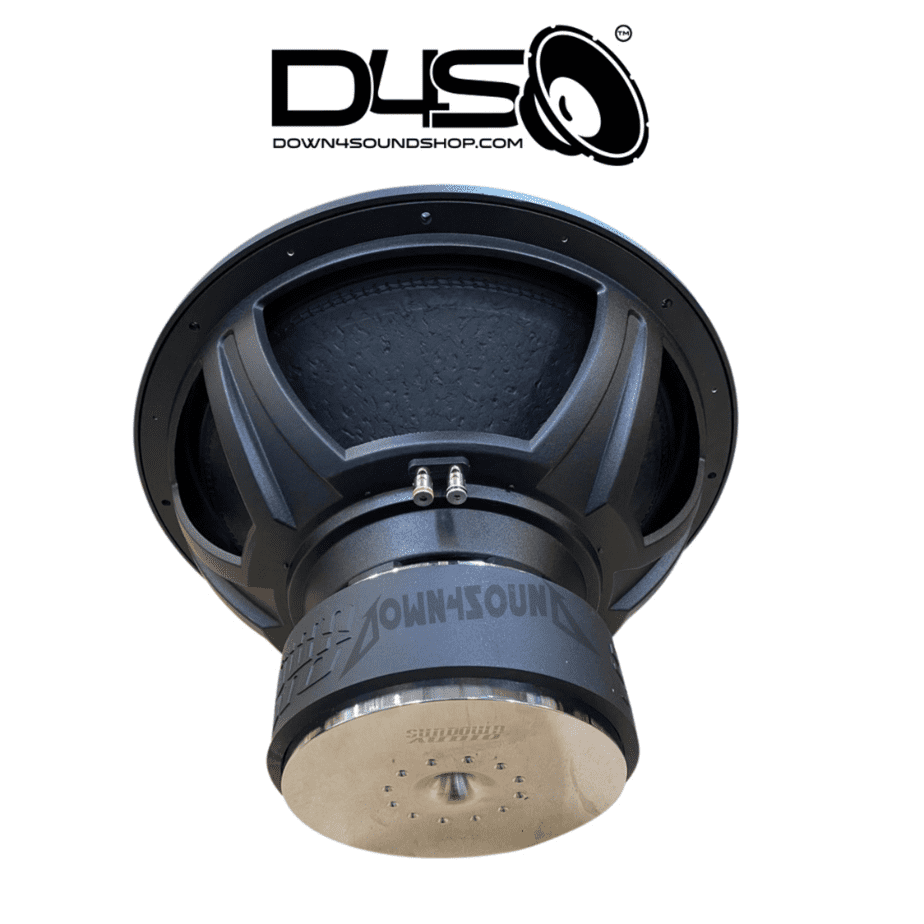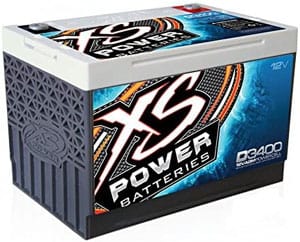In my previous post about digital signal processors (DSPs), I discussed how a DSP can aid in tuning the frequencies that your speakers, tweeters, or subwoofers can play. In this post, I will dive a little deeper into crossover frequencies and how to set them based on the type of loudspeaker being used in a car audio setup.
Like almost everyone on this planet, listening to music while driving is a given. Car audio systems are as essential to driving as putting gas in the tank. To get your music sounding its best, everything must be set properly and in optimal working order. One way to make your car audio system perform its best is to add a crossover frequency to control what frequencies your individual speakers can, and should, play.
You may be asking yourself right now, “What is a crossover frequency?” “How do crossovers work?” “Where do I set the crossover frequency?” These are all legitimate questions, especially if you are new to car audio. But, have no fear, we will answer these questions and more throughout this post. So, let’s begin, shall we?
Frequency? What Is That?
Scientifically, frequency is the number of waves that move past a fixed point in a set time. As defined, a “fixed place” is any number of locations such as the speakers in your car’s audio system. The frequency response of a speaker tells us how well that speaker can reproduce the different tones we can hear.
Measured in hertz (Hz), frequency response is measured in three different segments. These segments are bass, mid-range, and treble. To us bassheads, it is referred to as bass, mid-bass, and highs. The normal, audible, frequency range for the human ear is between 20Hz and 20kHz.
Crossover Frequency
A crossover frequency is a frequency in which sound, in our case music, transitions from one speaker to another. Every speaker in a car audio system has a crossover frequency that is set either by the radio, amplifier, or passive crossover. The crossovers filter out specific frequencies based on speaker type. For example, you wouldn’t want to send a 20Hz tone through a typical door speaker. It would more than likely be damaged. A crossover handles all of this for you. It will block out (filter) sub-bass frequencies but will allow for the proper frequency range to be played through that speaker.
Why Are Crossovers Needed?
You know you can just turn up the volume of your car radio and blast your music from those speakers to your heart’s content. But, those speakers do have drawbacks. Because most car audio speakers are smaller in diameter, it is hard for them to reproduce bass notes when playing music or audio tones. And, if they are forced to play these bass frequencies, the speakers will distort. This is why a crossover is needed. Crossovers’ specially designed circuitry, is used to block out, or allow, only frequencies that fall within a particular range, thus saving your speakers from sounding like a dog choking on a chicken bone.
Crossover Types
In car audio, there are two main types of crossovers used. Though these crossovers perform similarly, they are very different. These crossovers are:
- Active Crossovers. Active crossovers are as the name implies, active. This means they need a 12v power supply to perform their functions. In a majority of cases, the active crossover setup is done through the car audio amplifiers, but it can be done through stand-alone crossover devices.
- Passive Crossovers. Passive crossovers do not require power to function. This is the crossover type that comes with almost every 2-way or 3-way speaker component set sold in the market today. This type of crossover is installed between the amplifier and the speakers, filtering out unwanted frequencies.
Crossover Frequency Recommendations
The crossover frequency settings should be based on the speaker size and type, and what type of sound you are trying to achieve through those speakers. Speaker frequencies will vary slightly from manufacturer to manufacturer, and from installer to installer, but here’s a list of frequency ranges.
- Sub Bass — 20Hz to 60Hz
- Bass — 60Hz to 200Hz
- Mid-Bass — 200Hz to 500Hz
- Mid-Range — 500Hz to 2kHz
- Upper Mid-Range — 2kHz to 4kHz
- Presence — 4kHz to 6kHz
- Brilliance — 6kHz to 20kHz
How To Set Crossovers
Setting the crossovers for your car audio system can take a little research, time, and patience. If you do not have specialized tools like the SMD CC-1, then the process will require a lot of you listening and then tuning to get your system sounding clean and the audio signals flowing smoothly between speakers.

Here are a few steps for dialing in your crossover settings for a subwoofer:
- Research the frequency response of each speaker in your car audio system. Listen to music that can produce a wide dynamic range of frequencies to see how your system currently sounds and to see which frequency range sounds best.
- As a rule of thumb, set the crossover to about 10Hz below the lowest frequency your speakers are recommended to produce without distorting.
- At this point, listen to the same music as previously discussed, but now turn up the volume of your head unit until the speakers begin to sound distorted. As you note this point, begin to slowly turn down the music until it sounds clean. This second point is the volume threshold of your head unit.
- Use this volume threshold to set the gain of your amplifier with the SMD DD-1 with the crossover set to “through”. Once the gain is properly set, switch the low-pass filter on and set the crossover to its highest setting. Once done, play music and listen to the bass response as it correlates to the other speakers. If the bass does not sound balanced with the other speakers in your system, slowly adjust the crossover until it sounds balanced.

Unsure? Seek Professional Help
For some of you new to car audio, this may sound like a complex and daunting task. If you lack the knowledge, or minimum skills necessary to try the DIY route, research some reputable shops in your area. They have the tools and the know-how to get your music sounding perfectly flawless.
Conclusion
Setting the crossover frequencies for your car audio system doesn’t have to be a scary thing. With a little understanding of why and how to use crossovers, you should be able to successfully set them yourself.
I hope this post has given you a better understanding of crossovers and their purpose in the car audio system.




comments (0)